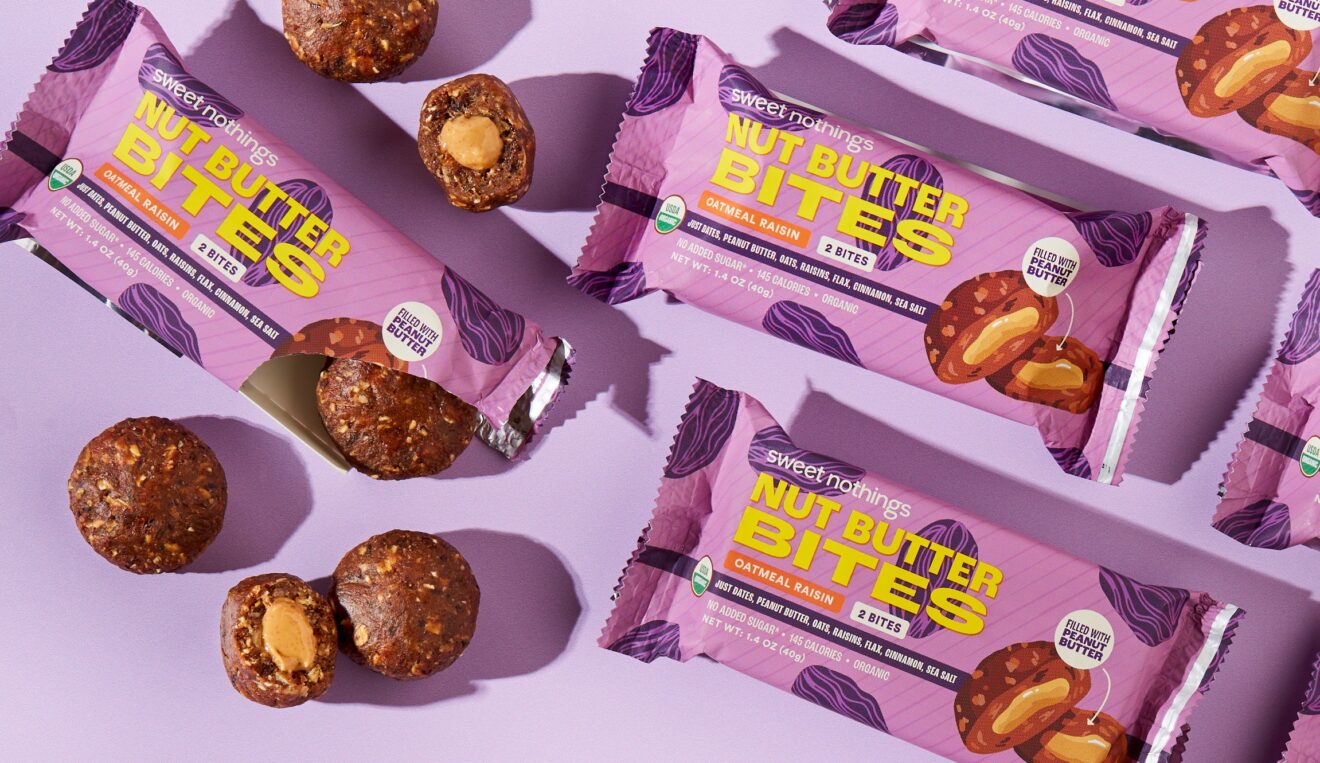Sign up for FMI dailyLead today, free.
Online shopping has emerged as a substantial force in the retail industry – which was only accelerated when the coronavirus pandemic began. Brands and retailers scrambled to accommodate digital shopping needs, but some consumer packaged goods brands are shifting to focus on brick-and-mortar sales. A 5WPR report found that over 50% of respondents prefer to purchase in-store instead of online, demonstrating that a return to retail is occurring.
Frozen and snack producer Sweet Nothings is one of the CPG brands choosing to pivot away from their direct-to-consumer business and return to retail. Shifting consumer behavior and streamlining the company’s operations prompted the decision, which has proved to be a positive move, according to CEO Jake Kneller.
“DTC was necessary during the pandemic, but became less essential when we achieved a larger retail footprint,” said Kneller.
The choice to turn attention to retailers does not mean that these brands are missing out on the online experience; in fact, the opposite may be true.
“Brands willing to buck the DTC-only trend are reaching the largest consumer demographic while establishing deep, sustainable relationships that can lead to future online opportunities,” Jason Vaught, director of content and marketing for SmashBrand, wrote for Adweek.
Reasons to return to retail
Kneller outlined the three major reasons why Sweet Nothings chose to shut down its frozen DTC operations in favor of investing in traditional retail: the availability of their products in retailers across the US, the elimination of complicated and costly frozen shipping logistics and the reduction of Sweet Nothing’s carbon footprint. National distribution via Whole Foods and Sprouts as well as e-commerce purchases via Thrive Market and Fresh Direct have allowed the company to provide customers with products quickly and at scale, shared Kneller.
“Encouraging our consumers to buy locally helps strengthen our retail partnerships and allows our consumers to purchase a smaller amount at a better price point,” he added.
Vaught wrote about other significant reasons why DTC brands have a hard time sticking with that model long term; widespread brand awareness and customer loyalty are incredibly difficult to cultivate through only online efforts.
What comes next?
When Sweet Nothings did ultimately pull the plug on its frozen DTC operations, the company delivered the news to customers in an email and ensured that they knew how to access other retail options.
“Our customers reacted very favorably to the news,” said Kneller.
After the close of frozen shipping, “employee resources are now focused on developing and maintaining key digital partnerships like the ones we have in place,” he added.
Kneller cautioned other CPG businesses about relying on DTC business, especially frozen products. Without a robust infrastructure, brands can struggle to deal with the complex and expensive necessities of shipping, so relying instead on retailers to offer logistical support is key, he added.
“Don’t limit yourself, but be realistic about what you should and should not ship DTC,” said Kneller.
Demonstrating this line of thinking, Sweet Nothings is not completely ditching the DTC market. Their new product, Nut Butter Bites, is available to be purchased online, and the brand is devoting effort toward building a larger retail footprint. So while the return to retail is prevalent, both physical and digital shopping are here to stay.
Read more like this from SmartBrief:
- Health and wellness: 4 trends for our times
- Discerning consumers shape food culture trends in 2023
- What’s the big deal with small-format retail?
_____________________________________
If you liked this article, sign up for SmartBrief’s free email newsletter from the Food Industry Association. It’s among SmartBrief’s more than 250 industry-focused newsletters.
